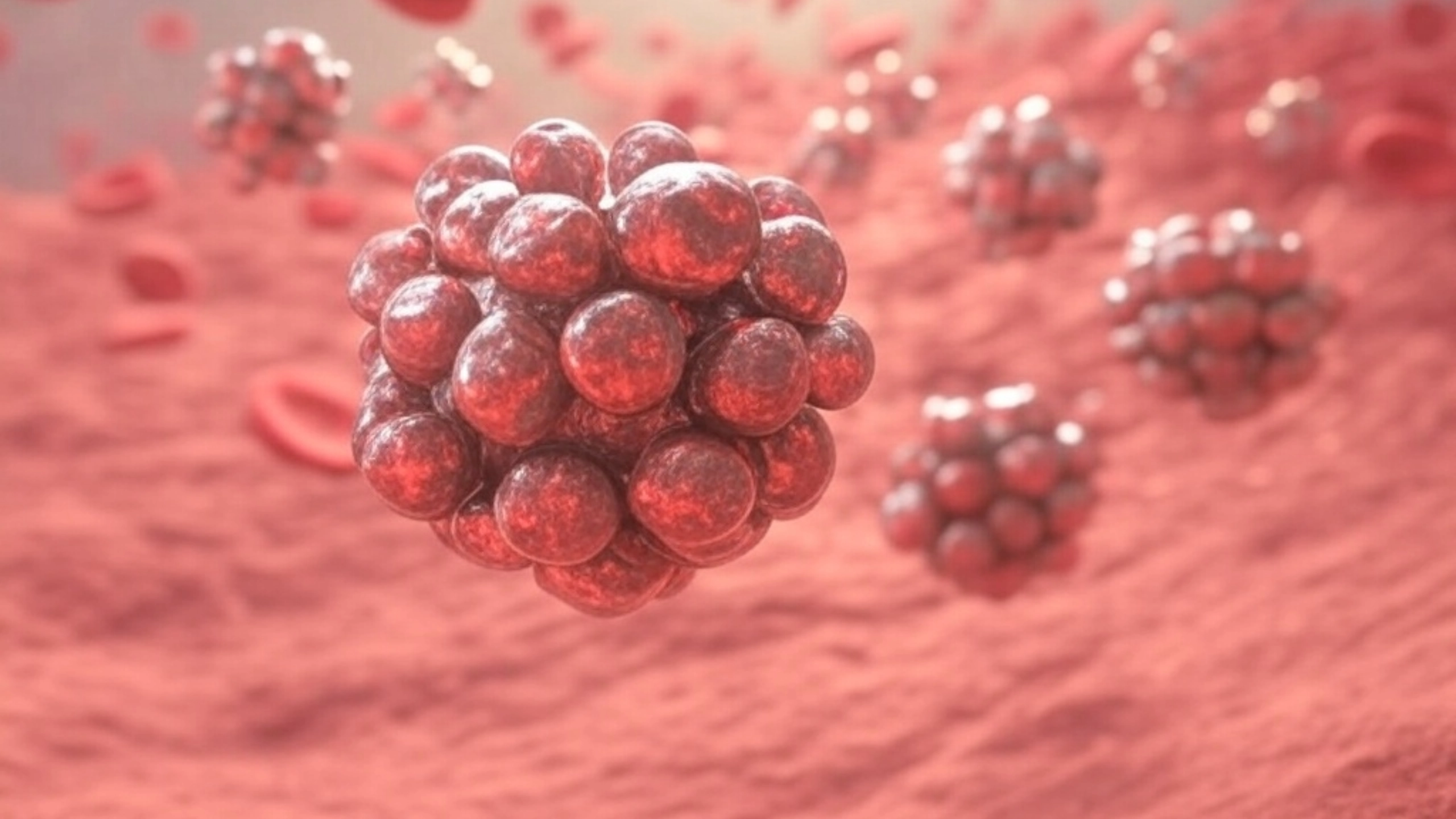Pentadecapeptide Arginate (PDA), often called “The Stable Gastric Pentadecapeptide,” is a next-generation version of BPC-157. Originating from human gastric juice, PDA stands out because of the addition of an arginate group. This addition significantly boosts its stability, especially in acidic environments like the stomach. While BPC-157 tends to degrade relatively quickly in such conditions, PDA remains resilient, which makes it particularly suitable for oral administration.
The enhanced stability of PDA means that it can deliver its therapeutic benefits—such as tissue repair, anti-inflammatory effects, and cardiovascular support—with greater effectiveness. It builds on BPC-157’s foundational regenerative properties but adds an extra layer of efficiency, lasting longer and potentially providing a more sustained effect.
Common Names and Structure
Shorthand names like PDA, Pentadeca Arginate, or PDA-Biopeptide, also known as Pentadecapeptide Arginate. These names reflect its structural uniqueness as a pentadecapeptide (a peptide of 15 amino acids) combined with an arginate group, stabilizing the compound in acidic conditions and enhancing its function.
Similarities with BPC-157
PDA and BPC-157 share many therapeutic qualities, primarily promoting tissue repair and reducing inflammation. With their 15-amino acid structure, both peptides excel in aiding recovery from muscle, tendon, and ligament injuries. They work by stimulating angiogenesis—forming new blood vessels—which enhances nutrient and oxygen delivery to damaged tissues. This increased blood flow aids the body’s natural healing processes, speeding up recovery in injured areas.
Both peptides are also powerful anti-inflammatory agents. Inflammation can prolong healing, and by reducing it, these peptides allow the body to focus more effectively on repair and recovery. Regarding gut health, BPC-157 is particularly noted for its effectiveness in healing the gut lining and preventing ulcers. Still, the PDA, with its improved stability, also shows promise in similar applications.
Unique Edge of Pentadecapeptide Arginate
Adding arginate, derived from arginine, to PDA introduces another significant benefit: increased nitric oxide (NO) production. Nitric oxide is crucial for vasodilation, which improves blood flow and circulation. Enhanced circulation delivers more oxygen and nutrients to injured areas, accelerating healing and promoting overall vascular health. This feature gives PDA an advantage in recovery efficiency, especially when cardiovascular and blood flow support are priorities.
Systemic Benefits Beyond Localized Healing
These peptides aren’t confined to treating isolated injuries. BPC-157 and PDA have been explored for their systemic effects, which may benefit the entire body rather than only the injury site. Potential applications include cardiovascular support, neuroprotection, and broader health benefits, making them versatile tools for general wellness and injury recovery.
Safety Profile
BPC-157 and Pentadecapeptide Arginate are well-regarded for their safety and tolerability, with minimal reported side effects. This makes them appealing to those dealing with injuries, inflammation, or chronic health issues.
PDA vs. BPC-157: Key Benefits Comparison
| Benefit | Pentadecapeptide Arginate (PDA) | BPC-157 |
|---|---|---|
| Stability in Acidic Environment | High (due to arginate addition) | Moderate – breaks down faster |
| Tissue Repair | Promotes repair of muscle, tendon, ligament tissues | Promotes repair of muscle, tendon, ligament tissues |
| Anti-Inflammatory | Strong anti-inflammatory effects | Strong anti-inflammatory effects |
| Cardiovascular Support | Enhanced (boosts nitric oxide production) | Moderate |
| Gut Healing | Potentially effective, though less studied | Well-established, especially in gut lining repair |
| Angiogenesis (New Blood Vessels) | Supports angiogenesis to speed recovery | Supports angiogenesis to speed recovery |
| Systemic Benefits | Possible support for cardiovascular, neuroprotection, and more | Possible support for systemic healing |
| Safety Profile | Generally well-tolerated with minimal side effects | Generally well-tolerated with minimal side effects |
Pentadecapeptide timeline
For the injectable form of PDA (Pentadecapeptide) at a prescribed dose of subcutaneously once daily, evidence and anecdotal reports suggest:
Initial Effects (1-2 Weeks):
You may notice mild improvements in localized inflammation or pain.
Some individuals report better sleep and overall recovery, possibly due to the peptide’s impact on systemic repair mechanisms.
Moderate Effects (2-4 Weeks):
Improvements in wound healing or tissue recovery may become more apparent.
Enhanced skin texture, if applicable, and reduced signs of chronic inflammation can often be seen.
Significant Results (4-6 Weeks):
Tissue regeneration, including ligament or tendon repair, might show measurable progress.
Users frequently report sustained benefits in areas such as joint function or injury recovery.
What can influence results
The nature and severity of the condition being treated. Consistency in administration at bedtime, as peptides often align with natural circadian rhythms for optimal effect. Factors like age, overall health, and concurrent therapies influence individual response to peptides.
A treatment course of 4-8 weeks is typically recommended for best results, with ongoing assessments to evaluate effectiveness and decide whether to continue.
General PDA Treatment Durations
| Goal | Duration | Notes |
|---|---|---|
| Acute injury (e.g., sprain, tear, post-op) | 2–4 weeks | Used daily or 5 days/week; often combined with Sermorelin or Hexarelin |
| Chronic pain / tendonitis / inflammation | 4–8 weeks | Supports long-term healing and collagen repair |
| Joint/cartilage degeneration | 6–12 weeks | May be cycled seasonally (e.g., 3 months on, 3 months off) |
| Gut repair (off-label use) | 4+ weeks | Oral or subQ depending on formulation |
Combination therapies with peptides like PDA (Pentadecapeptide) are increasingly supported by evidence, particularly in the context of regenerative medicine, anti-inflammatory treatments, and overall recovery optimization. When combined with other modalities, peptides can enhance and synergize their effects. Here’s what evidence and clinical practice suggest:
Peptides + Physical Therapies
Evidence: Combining peptides with physical rehabilitation (e.g., physiotherapy, stretching, or resistance training) accelerates tissue healing and functional recovery.
Example: PDA paired with physical therapy in tendon or ligament injuries may improve collagen alignment and tensile strength faster than either approach alone.
Peptides + PRP (Platelet-Rich Plasma)
Evidence: PRP promotes localized growth factors, while peptides enhance collagen synthesis and tissue regeneration.
Applications: Commonly used in joint degeneration, sports injuries, and aesthetic procedures. The combination has shown faster wound closure and improved skin elasticity in clinical settings.
Peptides + Hormonal Therapies (e.g., Growth Hormone or IGF-1)
Evidence: PDA and similar peptides work well with growth hormone-releasing peptides (GHRPs) or IGF-1, optimizing the anabolic environment for tissue repair.
Applications: This combination may enhance the outcomes of patients undergoing recovery from muscle wasting, surgery, or severe injuries.
Peptides + Nutritional Supplementation
Evidence: Adequate protein, vitamin C, and omega-3 fatty acids enhance the effects of peptides on collagen production and anti-inflammatory pathways.
Recommendation: High-protein diets or supplements rich in glycine and proline (collagen precursors) complement PDA’s regenerative actions.
Peptides + Cellular Therapies (e.g., Stem Cells)
Evidence: When peptides are used alongside stem cell therapies, the combination enhances cell homing, differentiation, and tissue integration.
Applications: Particularly promising in treating degenerative conditions like osteoarthritis or advanced wound care.
Peptides + Low-Level Laser Therapy (LLLT) or PEMF
Evidence: Low-level laser therapy and pulsed electromagnetic field therapy enhance peptide activity by improving microcirculation and reducing oxidative stress.
Applications: Used in skin rejuvenation, wound healing, and chronic pain conditions.
Combination therapies using peptides like PDA amplify therapeutic benefits by synergizing with other treatments. The strongest evidence lies in contexts where peptides address cellular repair and regeneration while complementary treatments handle inflammation, growth stimulation, or environmental optimization.



